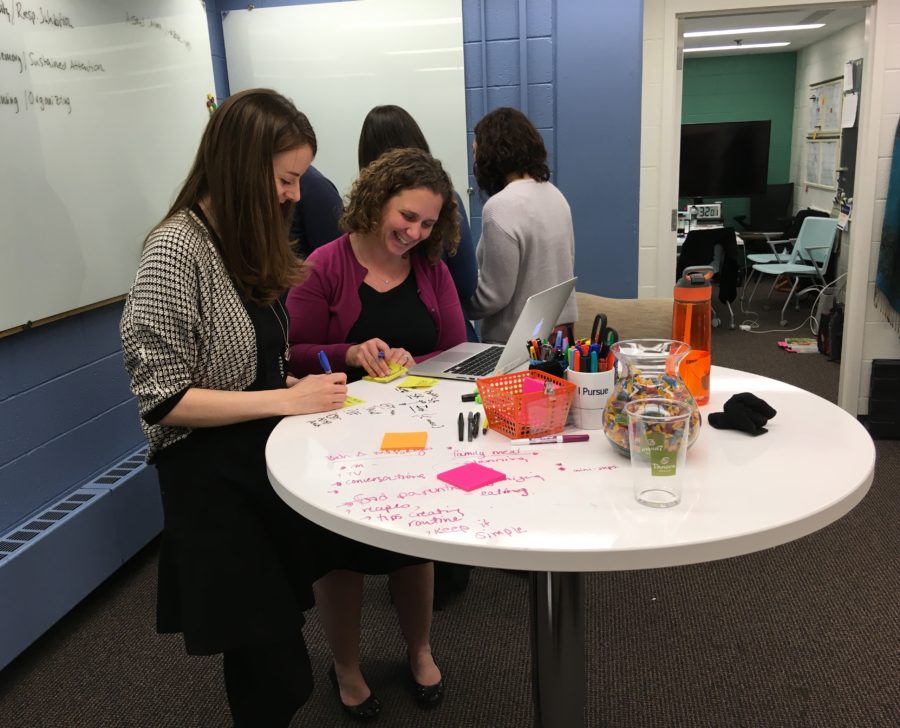The Grant Sprint: From ideation to impact
Here at the Center for Socially Engaged Design, we are dedicated to collaboration that uplifts all voices involved in taking on a challenge. Grant Sprints™ are an effective and engaging way to work together as a team with a diverse vision.
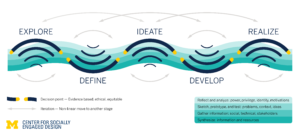
Grant Sprints will hop around in the order of the C-SED process model (pictured above)
Writing grant proposals can be a burdensome, lonely process. Staring at a blank screen with a flurry of proposal ideas can feel agonizing. Getting feedback from collaborators can be challenging with busy schedules and overflowing inboxes. As a result, grant proposal writing often stretches over long periods of time, much of which may feel unproductive.
Our process called Grant Sprints, alternatively, has been described by past participants with these words:
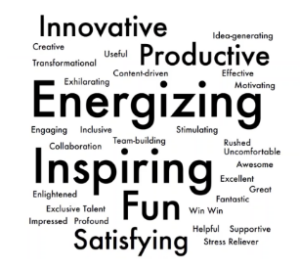
Word cloud of adjectives provided by previous participants
The Grant Sprint is a novel method for drafting grant proposals in order to synthesize the ideas from the entire writing team. It’s a more collaborative, efficient, and fun way to write proposals.
By bringing together all of the collaborators in a room, the team is able to focus deeply on the grant to maximize the quality of the proposal. Within two four-hour sessions, a group of 5-10 participants can create a robust draft of a grant proposal, including the specific aims and research strategy.
The Origin of the Grant Sprint
Before Ann Verhey-Henke was the Strategic Director at the Center for Socially Engaged Design, she was helping faculty imagine the ways in which their research work could translate into the world through the Innovation Studio at the School of Public Health. When a faculty member came to the Innovation Studio seeking support with a grant proposal, Verhey-Henke saw an opportunity to innovate the grant writing process.
From this came the concept of the Grant Sprint, with the “sprint” terminology inspired by the book Sprint: How to Solve Big Problems and Test New Ideas in Just Five Days by Jake Knapp and his colleagues.
What is a Grant Sprint?
Though its definition is constantly evolving, a Grant Sprint can be defined as a designed and facilitated experience that catalyzes teams, using the power of divergent and convergent thinking, to uncover new innovative ideas and approaches to their work, achieving a shared vision for their work and the opportunity to address societal challenges.
Designed to take place during two four-hour sessions on two consecutive days, a Grant Sprint can include from as few participants as three to as many as one hundred. The team should represent individuals with diverse perspectives on the grant.
In addition, each Grant Sprint requires a Facilitator, who is an unbiased participant.
The Facilitator guides the team to reach their desired end goal by focusing the conversation as needed as well as ensuring the team upholds the principles of the process and sticks to the timeline.

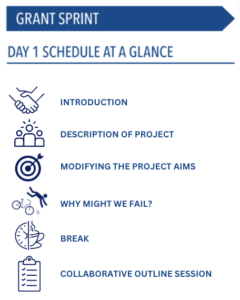
How does a Grant Sprint work?
At its essence, a Grant Sprint works when everyone pitches in and works together to intentionally promote creativity and innovation. The particular set-up of a Sprint can be adapted to best suit the needs of the participants – whether than is virtually or in person.
At the end of Day 1, participants will have created an outline of the entire proposal. At the end of Day 2, a draft of a grant proposal will have been written.
How can you get started?
C-SED is always looking for the next opportunity to help others realize their vision. If you would be interested in collaborating with C-SED to facilitate or design a Grant Sprint, you can reach Ann Verhey-Henke here.
.

Principles of a successful Grant Sprint
At the core of this two-day Grant Sprint are six principles, which inform and support the effectiveness of the process.
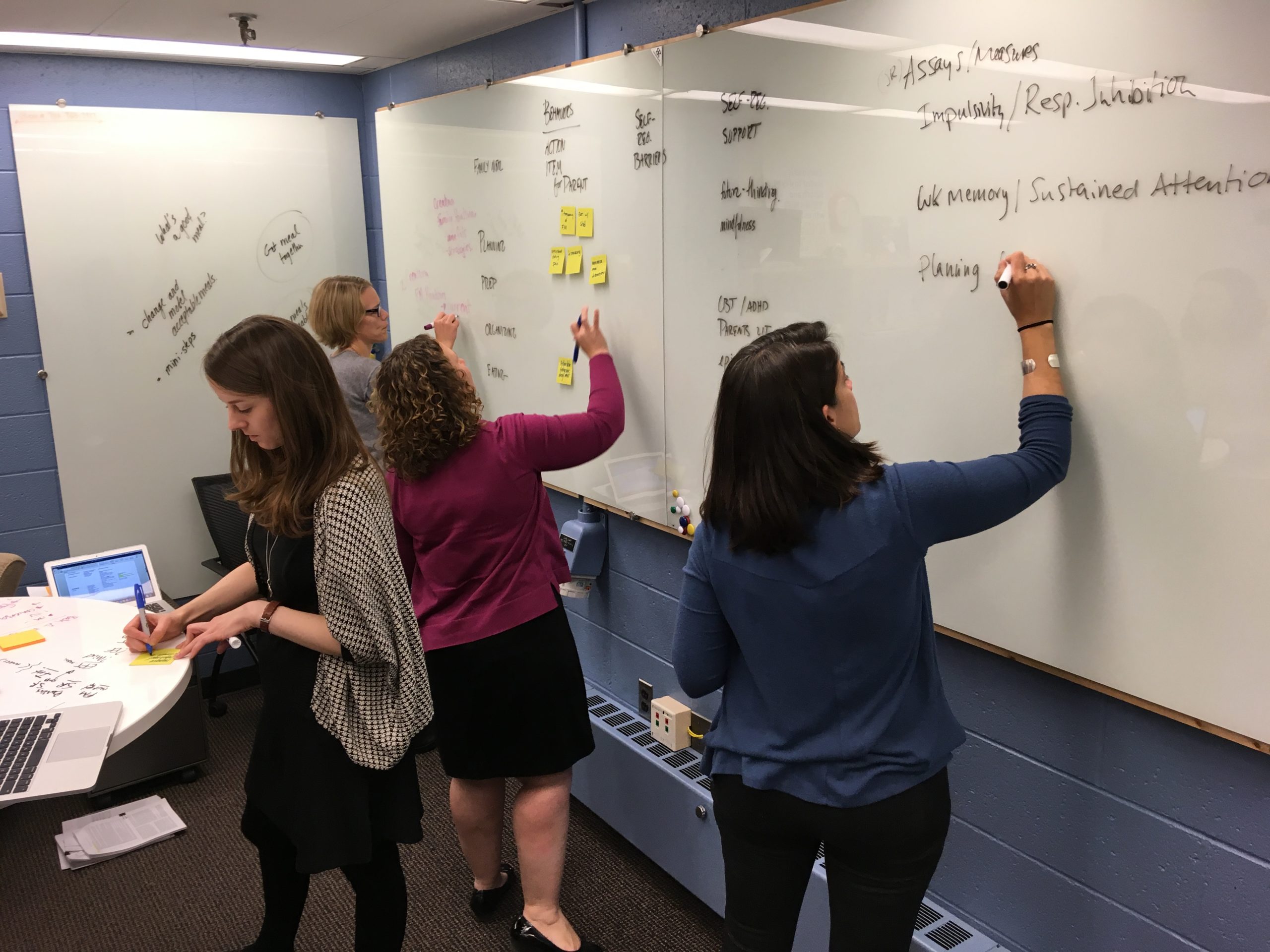
Everyone contributes
The power of convergent and divergent thinking is central to a Grant Sprint. This principle emphasizes the opportunity for all members of the team to contribute.
Information flow is often limited among team members when investigators write grants. During the divergent phase, all participants should contribute their ideas and perspectives. During the convergent phase, all participants should vocalize their questions and concerns.
Everyone is respectful
While the old adage of “There’s no such thing as a bad idea” may sound trite, the Grant Sprint intentionally separates the process of creating and evaluating ideas.
During the divergent phase, participants should defer judgment. Judging an idea too quickly will make it impossible to generate any novel ideas. During the convergent phase, participants should express their concerns about certain ideas, while also being affirmative.
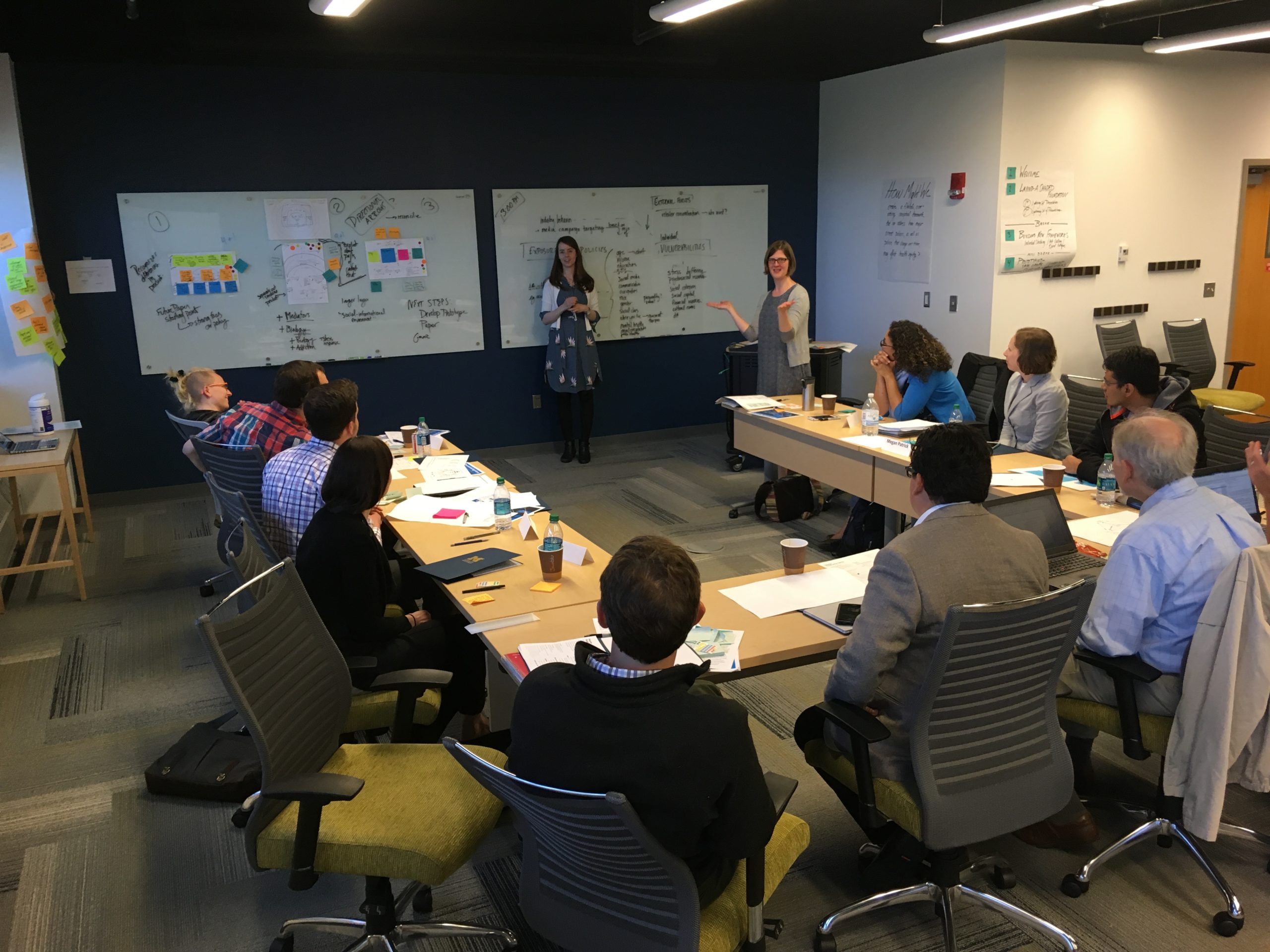
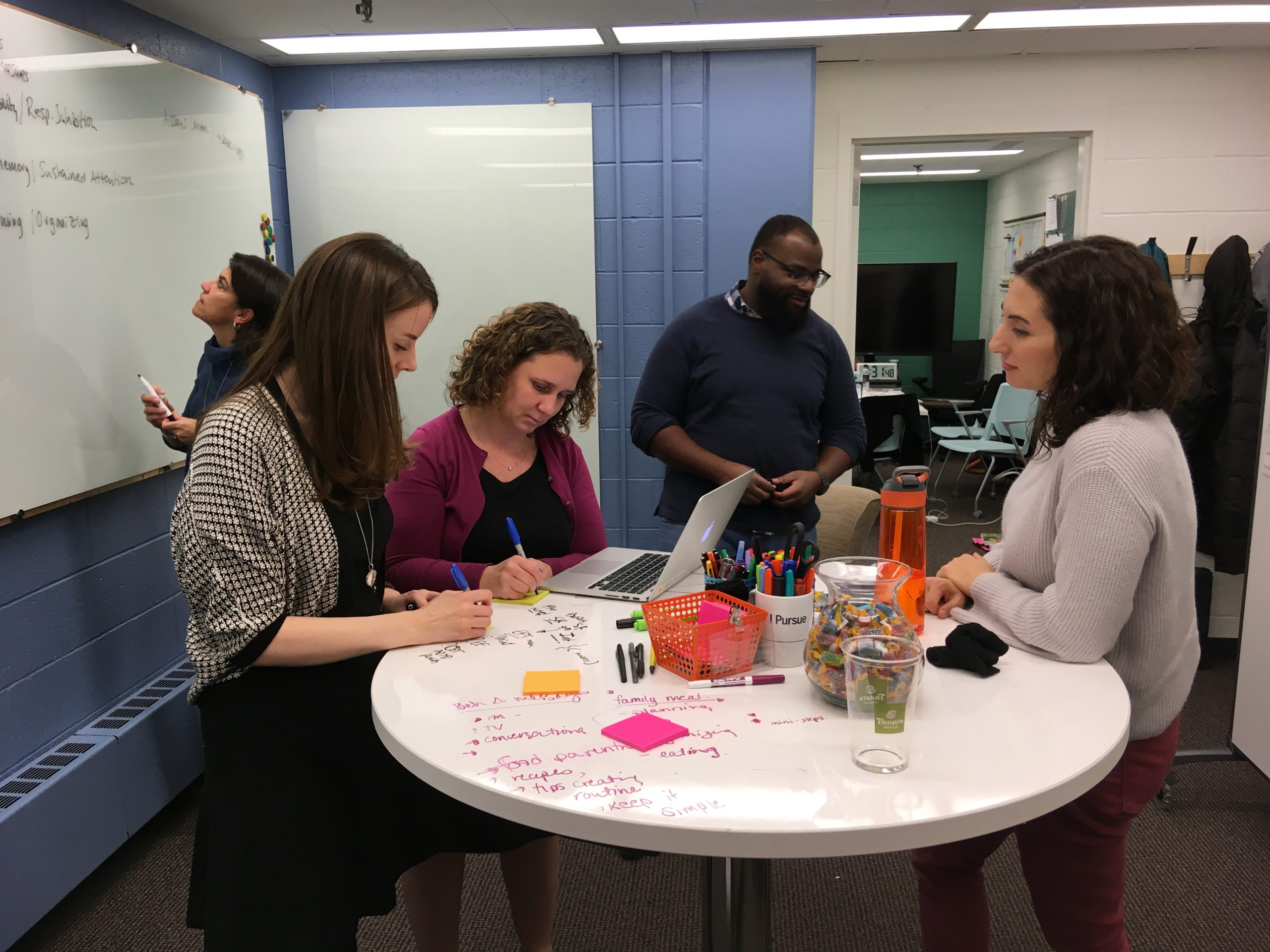
Everyone is honest
By looking at the strengths and weaknesses of the grant proposal, the team will be able to create a better proposal altogether. However, this can only be achieved if all participants express their perspectives honestly throughout the process.
Build on each other’s ideas
Academics often seek to find fault in ideas. At the same time, initial ideas often seem obvious or familiar. Instead of knocking down ideas, Grant Sprints seek to push the bounds of the team by building on these ideas.
This pattern of thinking will unlock new paths and opportunities for the team.
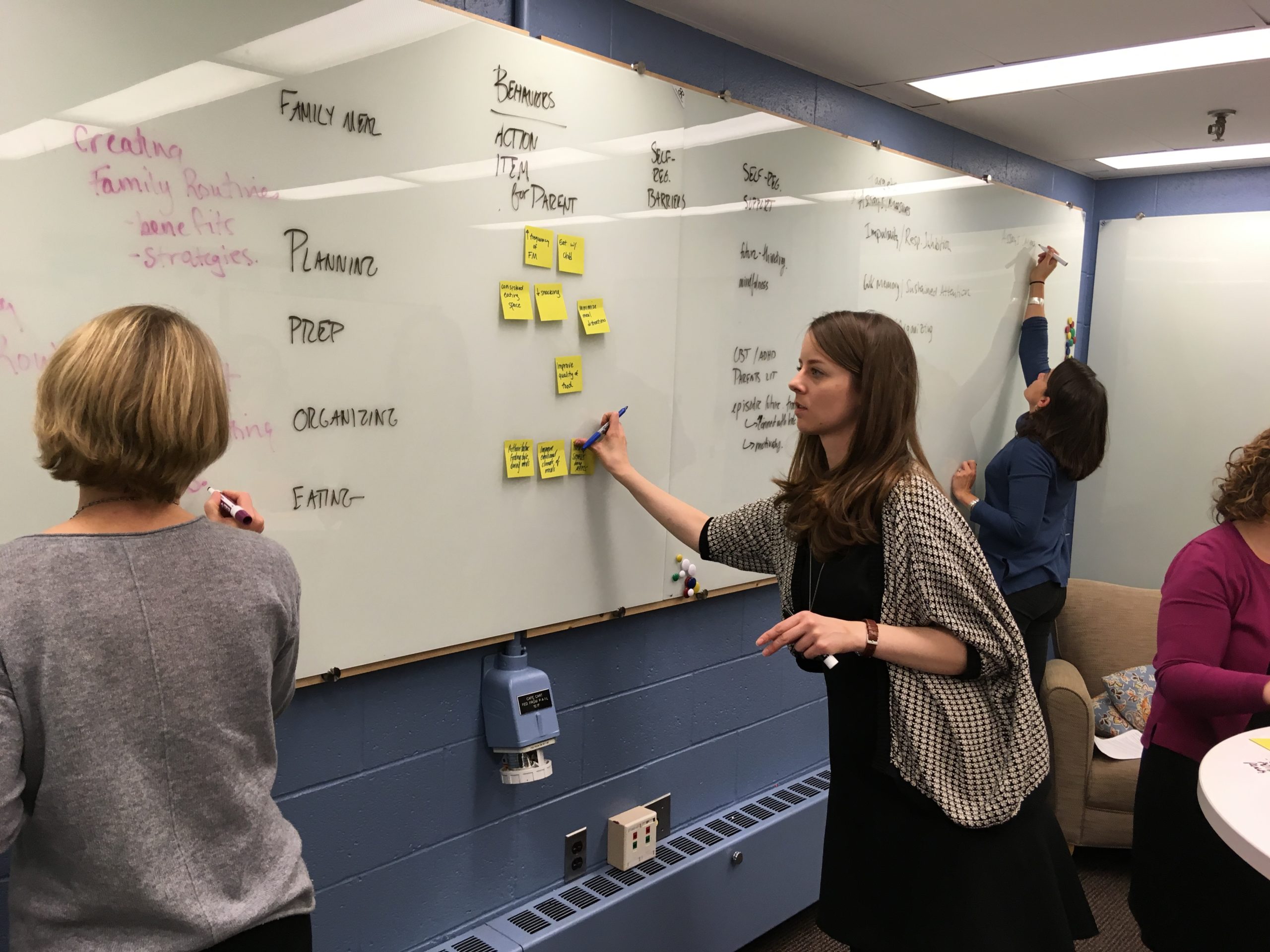
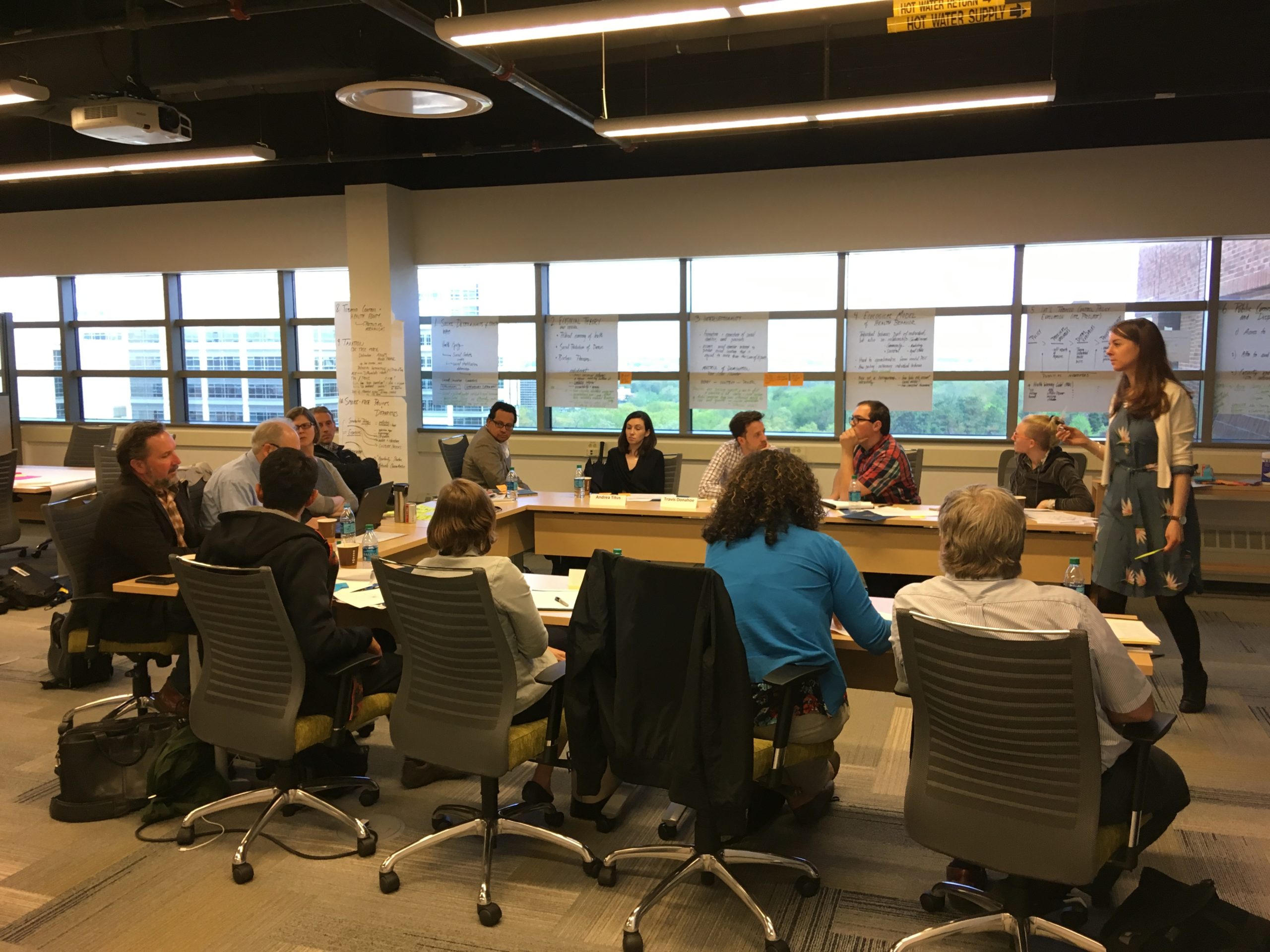
Keep it short
The Grant Sprint is intended to be a democratic forum where all participants have equal say in the direction of the grant proposal. To achieve this, participants should be mindful of the length of their comments.
Prevent plagiarism
Because there are many hands on deck during the grant proposal writing process, avoid copying and pasting sections from published work without citing them clearly.





